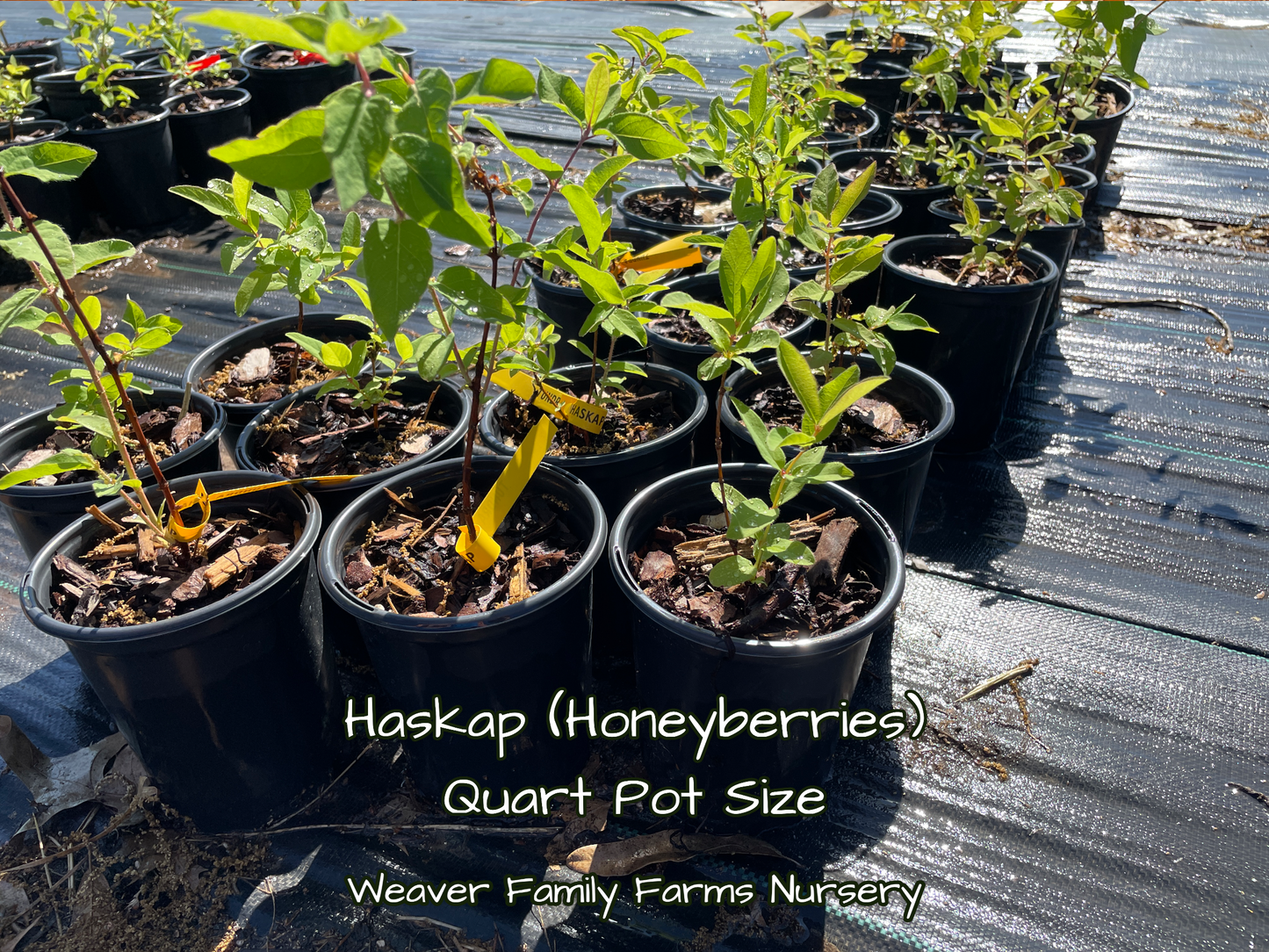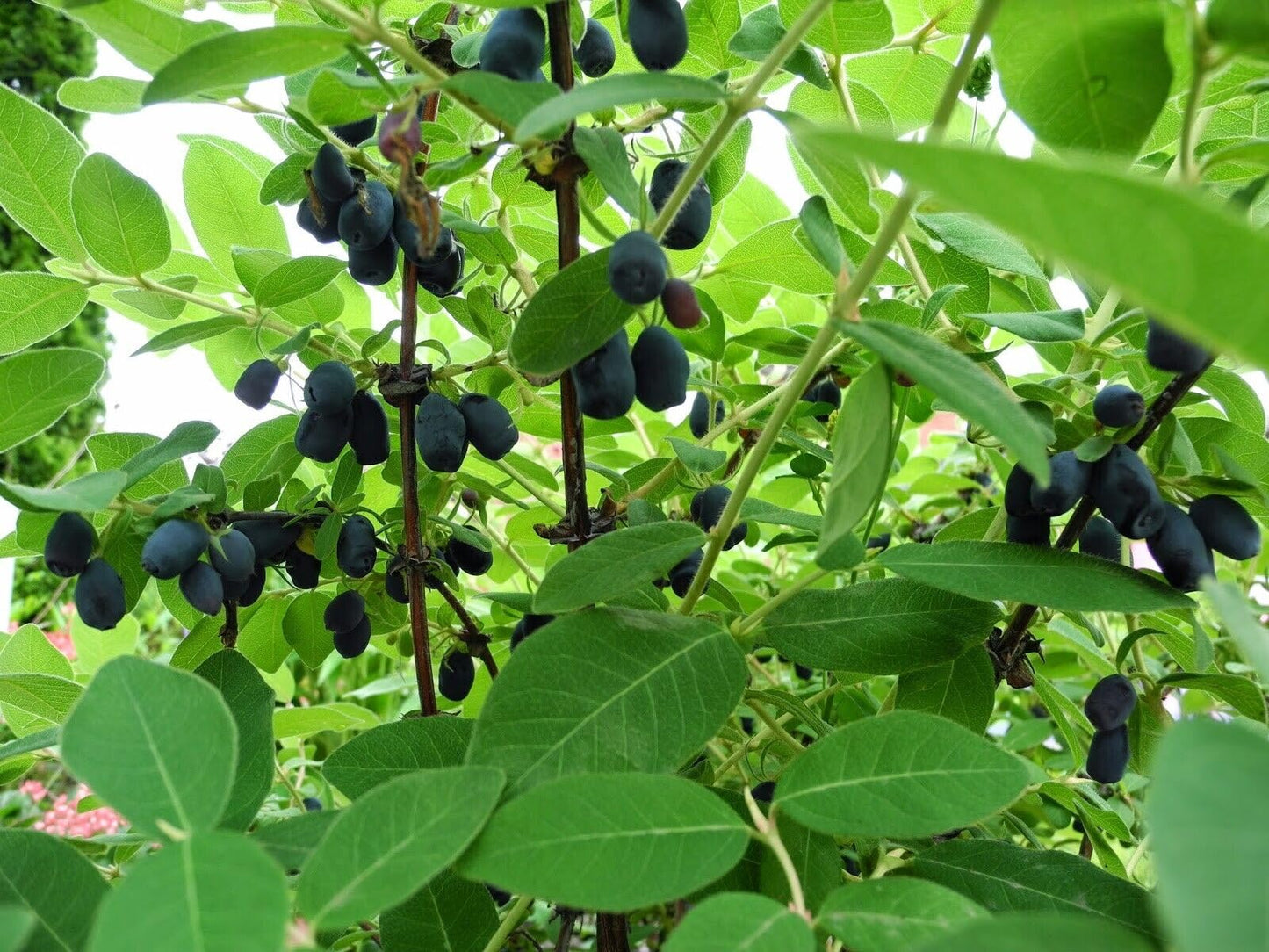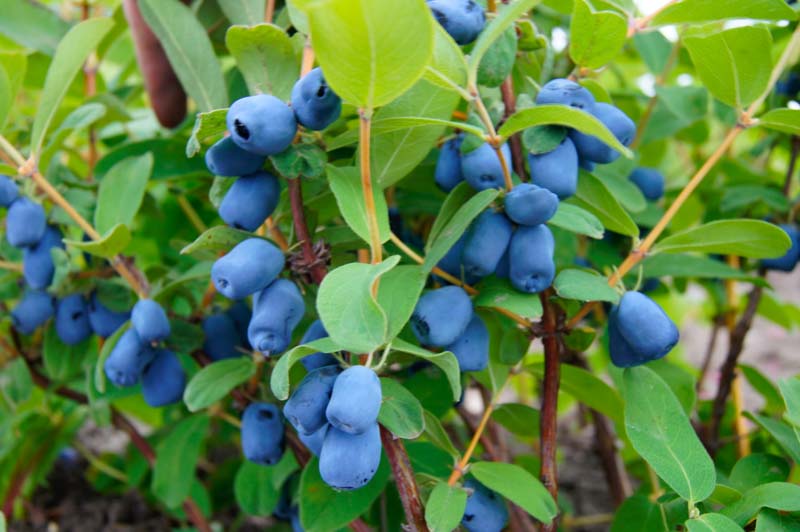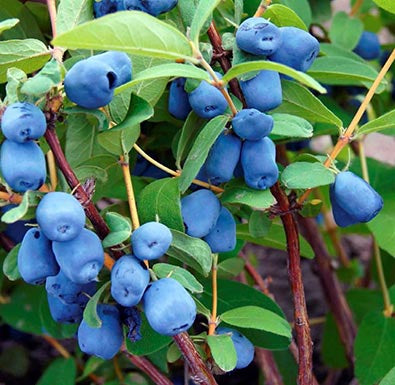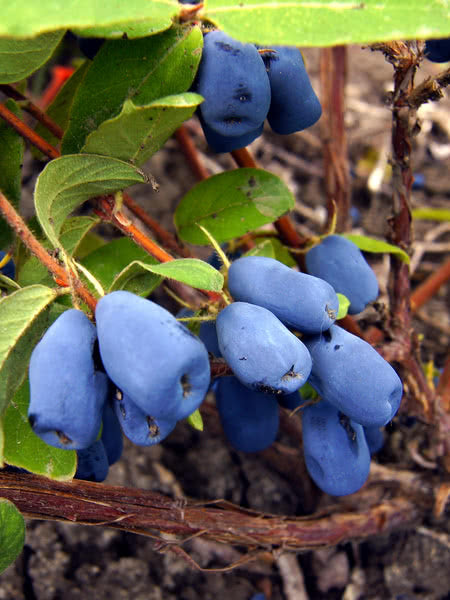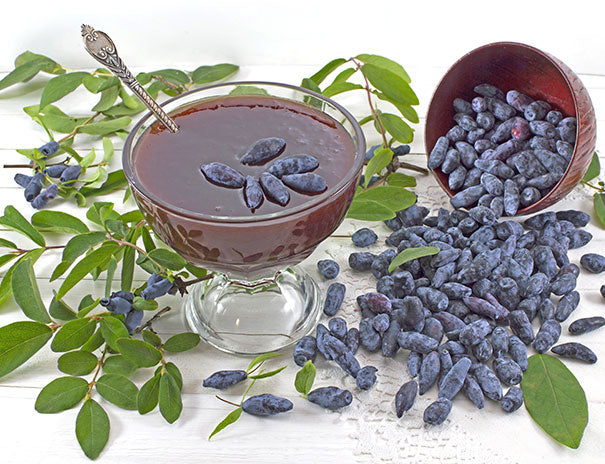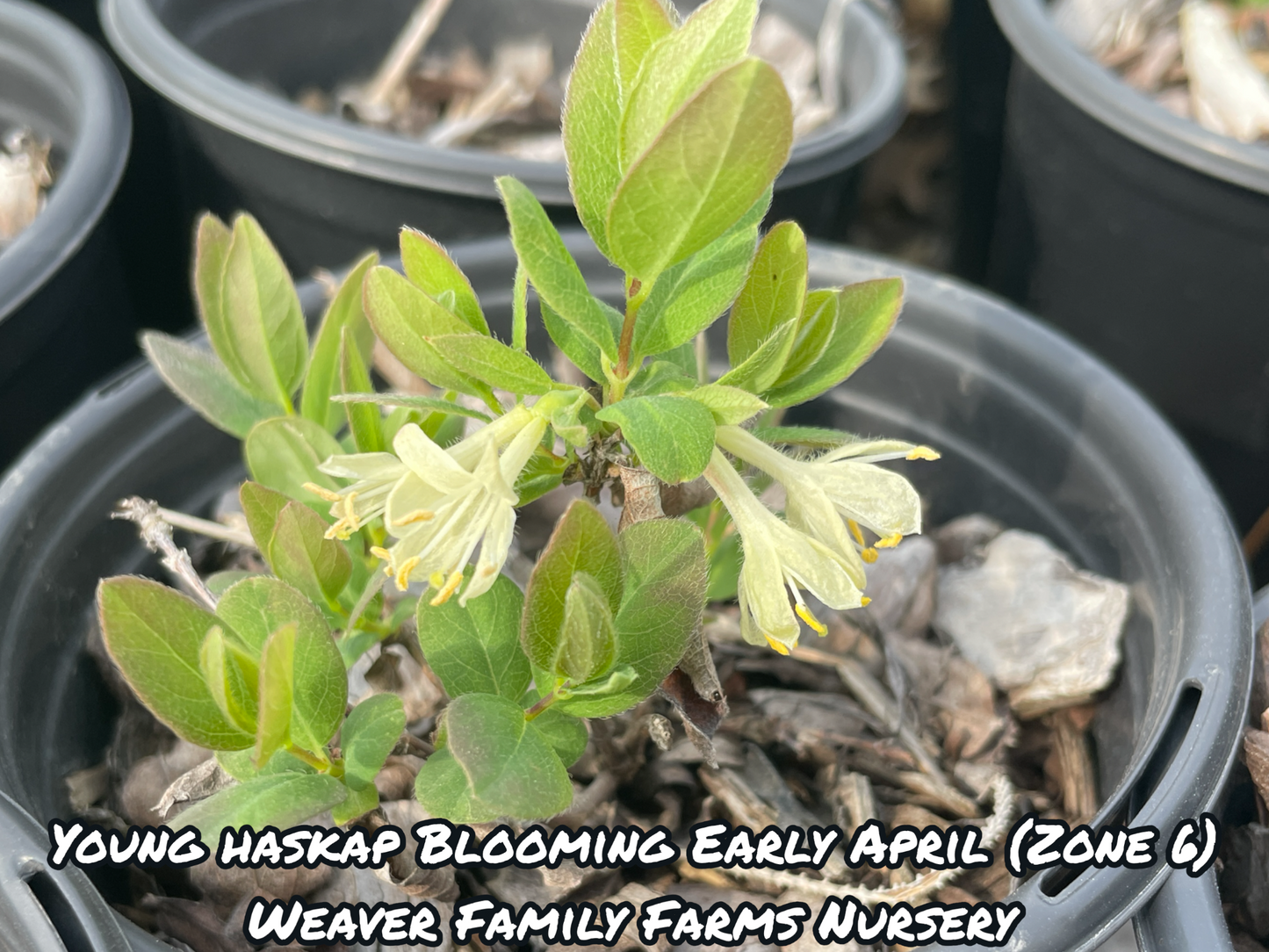We have 2 in stock
Couldn't load pickup availability
Introducing the Tundra Honeyberry, a hardy and delicious berry plant perfect for colder climates. This tundra honeyberry, also known as haskap, is prized for its sweet, blueberry-like fruit that’s packed with antioxidants and vitamin C. Known for its high productivity and cold tolerance, the Tundra Honeyberry is an excellent choice for home gardeners and small farms alike.
Why Choose Tundra Honeyberry?
- Cold-Hardy & Productive: The Tundra Honeyberry is highly resilient, thriving in colder regions where other berry plants might struggle.
- Rich, Nutritious Berries: These haskap berries have a unique, delicious taste and are high in antioxidants, making them a healthy addition to any diet.
- Low Maintenance: Tundra Honeyberries require minimal care once established, making them a great choice for both beginner and experienced gardeners.
- Pollinator Pairing: For optimal fruit production, pair your Tundra Honeyberry with another compatible haskap variety like Aurora Honeyberry or Indigo Treat Honeyberry.
Other Names for Tundra Honeyberry
- Haskap
- Haskap Berry Plant
- Blue Honeysuckle
- Lonicera caerulea var. edulis
These names help ensure you’re selecting the right honeyberry variety.
Practical Considerations
The Tundra Honeyberry prefers full sun and well-drained soil. To produce berries, honeyberries need cross-pollination with another haskap variety. Consider pairing with other berry plants from our Food Trees Collection for a bountiful harvest each season.
Specifications:
- Name: Tundra Honeyberry (Lonicera caerulea var. edulis)
- Grow Zone: 2 to 7
- Growth Speed: Moderate
- Light Requirements: Full sun to partial shade
- Average Full-Grown Height: 4 to 5 feet
- Average Full-Grown Width: 3 to 4 feet
- Deciduous or Evergreen: Deciduous
- Pollination: Requires cross-pollination with a different haskap variety for best berry yield. We recommend pairing with Aurora Honeyberry or Indigo Treat Honeyberry, both of which complement the Tundra variety perfectly.
Estimated Size
Your Tundra Honeyberry plant will arrive ready to establish quickly in your garden. This shrub is an excellent addition to berry patches, orchards, or edible landscapes, producing unique and flavorful berries.
Explore More About Tundra Honeyberry
Visit our FAQ page to learn more about planting and caring for honeyberries and other haskap varieties.
Order your Tundra Honeyberry for sale today and bring the joy of fresh, home-grown berries to your table!
Shipping
Shipping
All of our trees ship Bareroot which means they will ship with no soil and no pot. This allows the plants to have a safer trip through the mail as well as to cut down on shipping costs majorly. The roots will be carefully removed from the pot they are growing in, and then wrapped in moist material with the roots sealed up to keep them moist during transit.
Shipping Restrictions
Shipping Restrictions
To follow your state regulations, we can not ship this plant to California, AZ, AK, HI
Deliveries to WA, UT, ID, NV, MT, ND, and SD MUST be shipped Bareroot.
Check Out Our States We Can Ship To Guide
Will My Plant Have Leaves?
Will My Plant Have Leaves?
The arrival of your plant may vary depending on the season you order. In zone 6, plants have leaves during the growing season but not in late fall, winter, or early spring when they are dormant.

Bareroot Vs Potted Plants
Bareroot Vs Potted Plants
Our method involves combining potted and bareroot plants. They are initially grown in pots before being carefully shipped without the pot or heavy dirt, as per shipping regulations. The plant is then sent to you bareroot.
Click Here To See More Information About Bareroot VS Potted Trees

What Is A Dormant Tree?
What Is A Dormant Tree?
A dormant tree is a deciduous plant that appears asleep and does not have leaves upon arrival. Proper planting and care are necessary until it awakens in the growing season.
Click Here To See The Best Time Of Year For Planting Trees In The Ground

What Is A Grow Zone?
What Is A Grow Zone?
A grow zone is the precise USDA zone where you reside. Certain plants are not adaptable to colder zones, while others struggle in warmer zones. Familiarizing yourself with your zone and the plant's compatibility is vital. Click Here to learn more about grow zones.

What If I Have Other Questions?
What If I Have Other Questions?
We have a great FAQ page that answers many more questions and in great detail to help you have success with your new plants! See Our Frequently Asked Questions Here.
